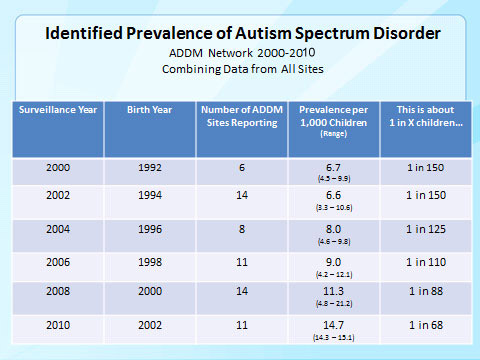
Having just uploaded the final document of an NSF grant proposal (for this project) I feel like going “back to basics” and revisiting the big picture of my field. Unlike most of my fellow Cyborgology contributors, I don’t hold a degree in sociology and I’ve never been to the American Sociological Association’s annual meeting. My department is an interdisciplinary social science called Science and Technology Studies. Similar departments call themselves Science, Technology, and Society (helpfully, both can be called simply “STS” and that’s what I’m going to use for the rest of this post) but other departments have slightly altered listicle names: MIT’s History, Anthropology, Science, Technology, and Society probably wins for longest department name. (True Story: went to a grad conference there once and they handed out pint glasses that said “We put the HA in STS. Funny kids over there.) What follows is, in some really broad strokes, the contours of this little-known but growing intellectual tradition. I’m going to cover a rough history, and the field’s major projects and subfields that emerged from that history. As the title suggests, I’m going to make a lot of generalizations in service of brevity so… just be prepared for that. My hope is that this is somewhat helpful around this time of year for people who might just be getting into STS departments (congrats!) and for recent undergraduate degree holders who are considering going back to school. One final caveat: like all histories, this one is confined by its author. My friends at the Cornell STS program would write a different history, and the folks that study STS policy at Georgia Tech would write something different as well. more...










